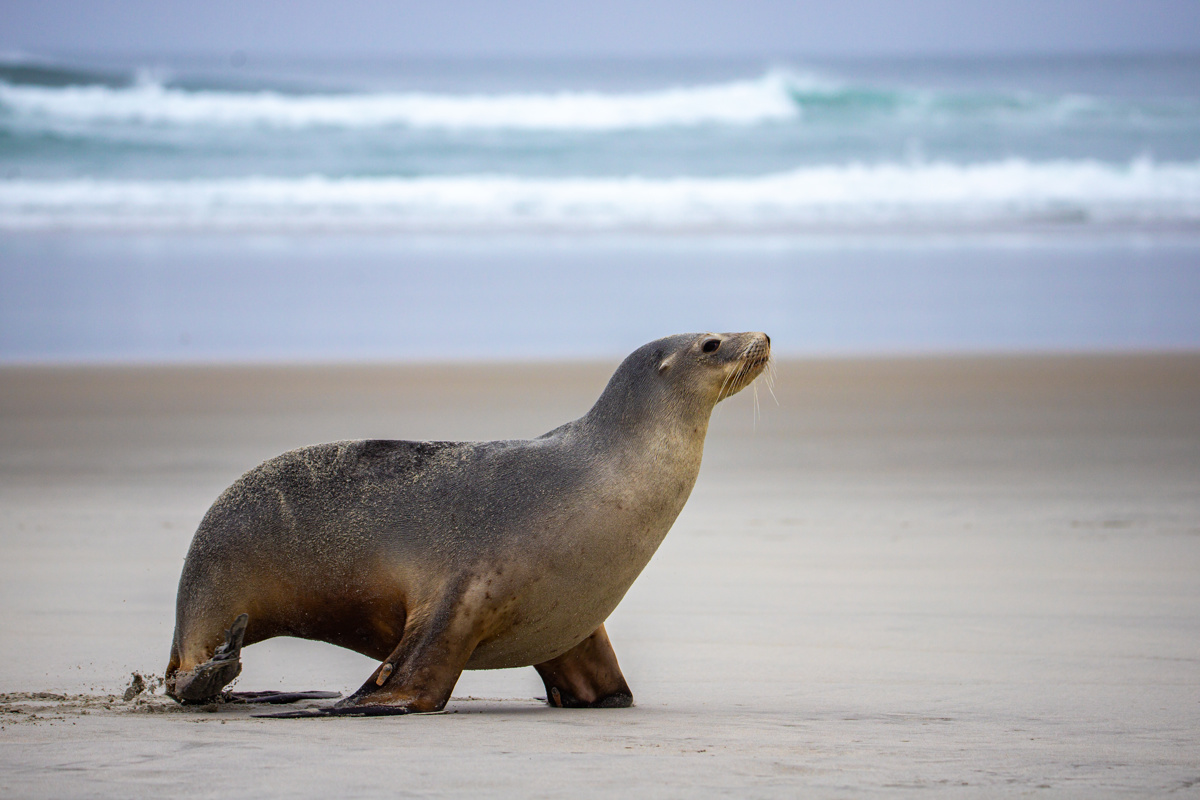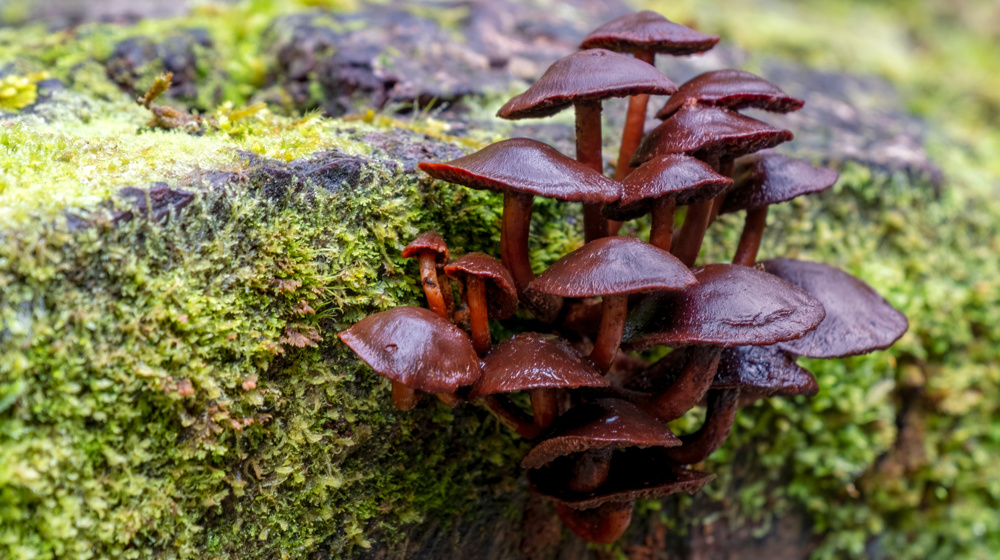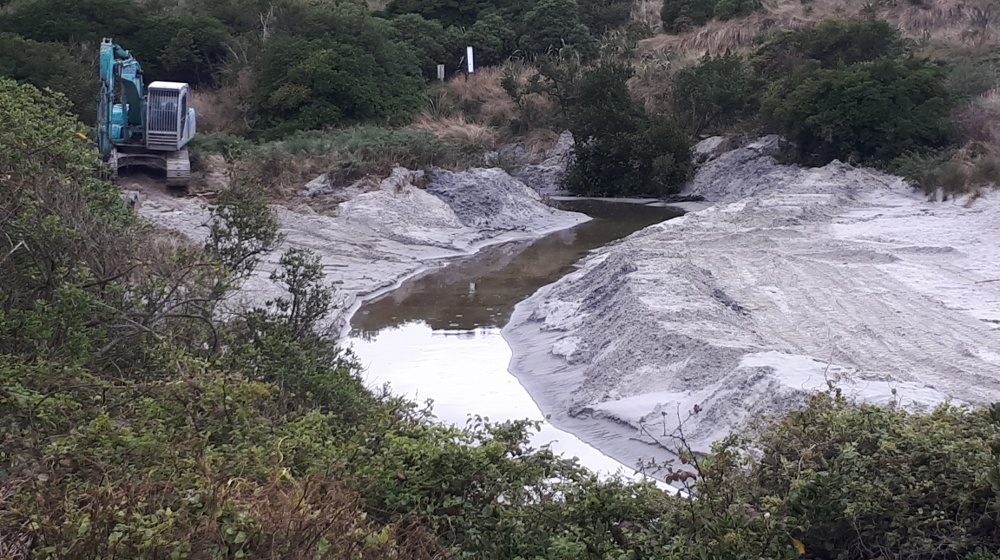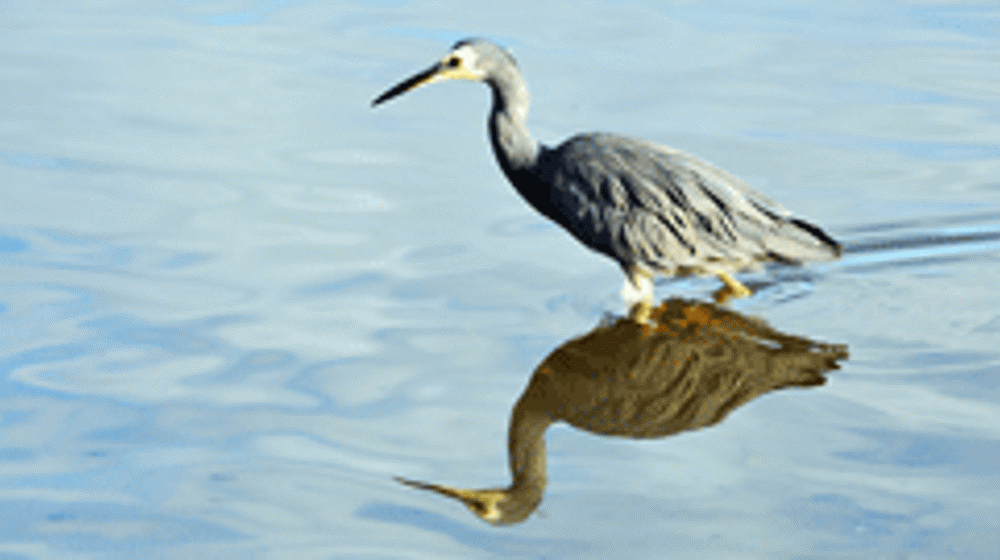Region’s water users now have at least five years before changes to consents will occur
Learn moreRegion’s water users now have at least five years before changes to consents will occur

Otago’s indigenous, or native biodiversity is remarkably varied.
Including the plants, animals and fungi naturally found here, it ranges from the cheeky kea in Kā Tiritiri o te Moana/the Southern Alps, to mokomoko/skinks sun-basking on schist tors in Central Otago; from giant wētā freezing on Pātearoa/the Rock and Pillar Range, to hoiho/yellow-eyed penguins on our coast.
Galaxiid fishes survive in refuge streams, while threatened cushion plants and native grasses cling to wind-scoured ridge-tops. Lowland podocarps, kānuka shrublands, and rare dune systems hold remnants of once-dominant ecosystems. Tuaki/ Cockles/nestling in coastal estuaries and offshore, pakeke/New Zealand sea-lions, forests of Rimurapa/ Giant Kelp and sponge gardens all play their part.
Tell us what you think about our draft strategy for maintaining Otago’s Indigenous Biodiversity.
This draft strategy is the next step after our 2018 Biodiversity Strategy and 2019 Biosecurity Strategy. It includes a long-term vision for the region and shorter-term outcomes to aim for between now and 2040. It also contains ORC’s approach to supporting and strengthening the collective effort of mana whenua, communities, landowners, businesses central government and local councils. It sets the course for us to deliver on our responsibilities and meet our community’s expectations to look after our unique biodiversity. The final strategy will guide our future work, but it won’t create new rules.
The draft does not include budgets or work plans, we’ll be asking for your feedback on these through our Long Term Plan and Annual Plan.

Are the draft vision and outcomes ambitious enough?
What do you think about how we plan to get there?
How is biodiversity in Otago faring?
Are our vision and outcomes ambitious enough?
What do you think about how we plan to get there?
Ki uta ki tai, our awa connect our mountains and great lakes to our beautiful coastline and ocean depths, reflecting the mauri (life force) of te taiao (nature).
Mana whenua, as kaitiaki (guardians), and our communities, as stewards, work together to achieve healthy, thriving and resilient indigenous (native) biodiversity across our region's catchments, coast, and ocean, providing for the health of the people.
We will know we are on the right track when:
Building on the progress we’ve made through our current strategies ORC will work to our strengths, play our part.
We’ll enable mana whenua as kaitiaki and empower our communities as stewards, through three Strategic Pou (pillars):
Our Councillors provided direction for the draft strategy and have endorsed it for public feedback. To prepare the draft we worked in partnership with Kāi Tahu, and collaborated with the Department of Conservation, and local councils. We received insights from across the region and nationally, through more than 44 key stakeholder meetings, and a wide range of research.

Our Councillors provided direction for the draft strategy and have endorsed it for public feedback. To develop the draft we worked in partnership with Kāi Tahu, and collaborated with the Department of Conservation, and local councils. We received insights from across the region and nationally, through more than 44 key stakeholder meetings, and a wide range of research.
The draft builds on what we’ve already heard from the public, and existing visions and goals for Otago, and aligns with Te Mana o te Taiao, Aotearoa New Zealand’s Biodiversity Strategy, as well as national policy.
The draft brings together ORC’s work programmes and strengths, for example: the knowledge we hold, our approach to integrated catchment management, biosecurity work, and empowering others through our catchment advisors.
After feedback closes we will take it on board and create a final draft. We’ll take that to council for adoption early in 2026.
The final version will guide our future work but will not create new rules.
The draft does not include budgets or work plans, we will be asking for feedback on these through our Long Term Plan and Annual Plan processes.
Otago’s indigenous or unique, biodiversity is remarkably varied. It ranges from the cheeky kea in the Southern Alps/Kā Tiritiri o te Moana, to mokomoko (skinks) sun-basking on schist tors in Central Otago, from giant wētā literally freezing on the Rock and Pillar Range/Pātearoa, to hoiho (yellow-eyed penguins) on our coast. Galaxiid fishes cling to refuge streams, while threatened cushion plants and native grasses eke out a living on wind-scoured ridge-tops. Lowland podocarps, kānuka shrublands, and rare dune systems hold remnants of once-dominant ecosystems. Cockles/Tuaki nestle in coastal estuaries and offshore, pakeke (New Zealand sea-lions), forests of Giant Kelp/Rimurapa and sponge gardens play their part.
Under pressure from threats like habitat loss, invasive pests, and climate change, maintaining what we have will require a significant team effort. That means partnering with Kāi Tahu, and working closely with agencies, local councils, communities, landowners, and businesses. Many of these groups are already taking action across Otago. The scale and quality of this work is a strong foundation, and the choices we make now need to build on it.

We've developed a biodiversity strategy to set out collective outcomes for Otago, inform ORC work programmes, and establish a collaborative framework.

Otago’s environment provides habitats for many native plants and animals. These habitats support the health of our ecosystems and it's important we look after them.